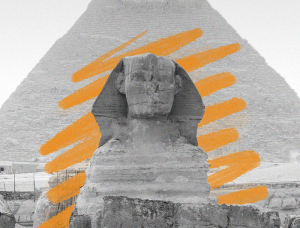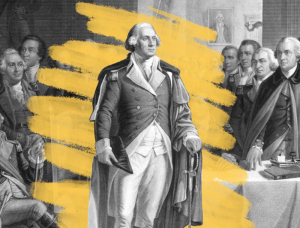The Nixon administration removed all bills over $100 from circulation.
Back in the day, the lofty Benjamin was far from the highest denomination of U.S. currency. The Federal Reserve used to print $500, $1,000, $5,000, and $10,000 bills, not to mention a $100,000 gold certificate, featuring a portrait of Woodrow Wilson. But the U.S. Treasury and the Federal Reserve announced that all denominations above $100 would be discontinued on July 14, 1969, due to lack of use, though President Richard Nixon was also concerned that they were being used in organized crime.
These large notes are still legal currency, though most are more likely to be found in private collections than in circulation. The 1918 version of the $500 bill featured a portrait of Chief Justice John Marshall, whereas the 1928 version had a portrait of President William McKinley. Grover Cleveland was on the $1,000 note, James Madison adorned the $5,000 bill, and Salmon P. Chase, who served as both secretary of the treasury and chief justice, had pride of place on the $10,000 bill. As for the $100,000 gold certificate, only 42,000 of them were printed in 1934, all of which are now considered government property, meaning they’re illegal to own even for collectors.







